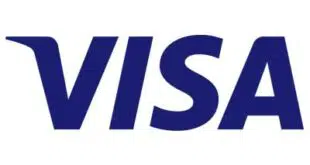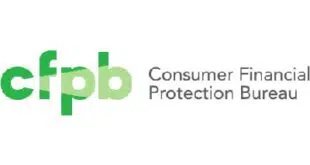10 Tipping Points for the Payments Industry
Part 5
The demise of the bold plan by the big players in electronic check conversion and truncation to combine image capture of all checks at inception with ACH distribution to all financial-institution endpoints for payment provides the payments industry with some critical insights and learnings.
Earlier this week, the Check ACH Coalition pulled the plug on its nearly year-long and sometimes controversial deliberations over and analysis of this intriguing notion. The effort was born out of concerns by some big banks on the group's steering committee, as well as at the Fed, that the industry's movement to check imaging was progressing too slowly. But, when all was said and done, the group could project that only 7% of check volumes would utilize the new service in three years' time. So why bother?
Moreover, each payment system carries its own regulations and operational requirements, and combining the two produces some intrinsic showstoppers, according to some observers who attended recent meetings on the subject:
–Converged items would be subject to the Fed's Regulation E?just like ACH. That means a 60-day period for declaring returns or problems, which could confuse imaging customers and wipe out some of the advantages of image electronification;
–Figuring out how to retrieve the archived images for customer service and exception handling appeared to be a massive task, with uncertain technological prospects for success;
–And mandatory participation of all financial institutions to make it work was viewed as violating the spirit of Check 21 legislation?which was intended to jump-start the shift to check electronification in the first place!
But in the end, the convergence idea may have been doomed by its own impatience. A year ago, image volumes were a trickle, a third of banks had still not invested in imaging, and expensive-to-process substitute check (printouts known as IRDs, or image-replacement documents) volumes were growing because very few items could be processed electronically all the way to the paying bank?even to many of the big banks.
Today, image volumes are surging, most of the big banks have completed the transition to electronic receiving, fewer than 20% of banks (representing less than 10% of the volume) are still on the sidelines, and the rate of end-to-end electronic processing is climbing. (Meanwhile, ACH volumes are surging with the success of more new applications and expanding check eligibility)
Admittedly, IRD volumes have mounted, but the costs of handling them are dropping as banks get more experience and training sinks in. And IRD volumes are projected to drop steadily from this year forward.
As well, the Coalition's self-imposed restrictions on industry inputs and open participation in the name of efficient, rapid promulgation of the assessment effort created a wave of distrust among smaller banks and credit unions. Their fears that their concerns would be ignored never really went away.
And that's a shame, because this whole effort was a rare example of industry leaders taking the bull by the horns and wrestling down a major issue that materially affects the future of nearly every one of the nation's 17,000-plus banks and credit unions. Lacking an industry regulatory agency with supervisory teeth and the appetite to direct its future, the payments industry will continue to find itself in the backdraft of major trends and events like this, and continue to risk reacting to capricious legislative mandates rather than controlling its own policy outcomes.
Prognosis: The ACH-image convergence saga calls into question the pervasive uncertainty over how the payments industry makes decisions about its future. Here the issue was: how to get several thousand financial institutions that haven't invested in either ACH or imaging capabilities to do their jobs in a timely fashion. The solution? Have the Fed not only host interim imaging capabilities to get the market moving, but also assert itself as the industry's objective arbiter of reason, and LEAD the efforts to define and substantiate alternatives such as convergence. Wild Card: Meanwhile, merchants, billers, and corporates are merrily pursuing check electronification, whether by ACH or image, sold by enterprising banks that are cleverly masking over the differences to their new customers. Maybe, in the continued absence of a proactive and proscriptive Fed, we just allow unrestrained customer choice of new payment technologies to run their natural course instead of succumbing to the temptation to just let the big guys call the shots for everyone.
–Steve Mott




